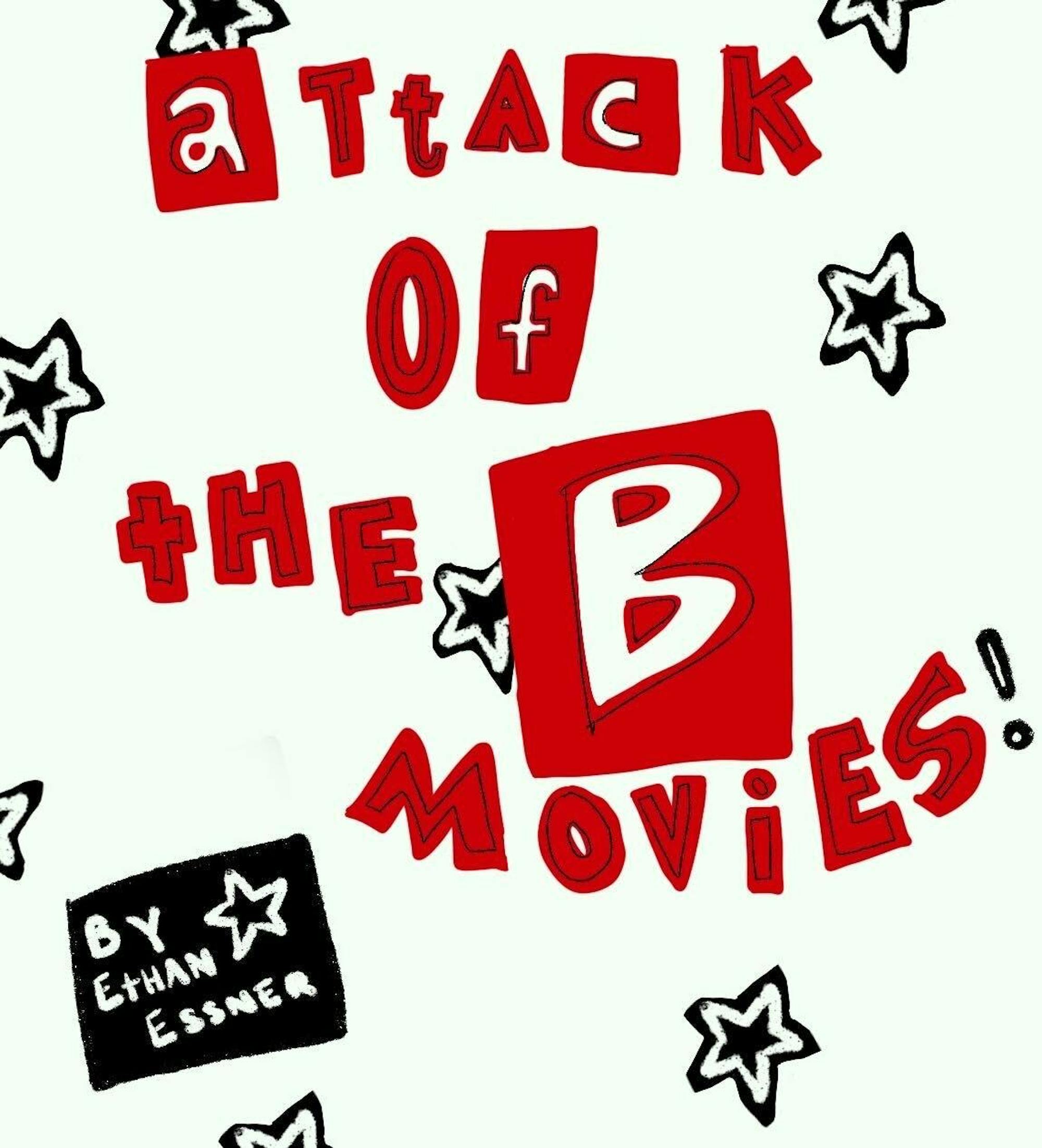Perhaps for this week’s column we’ll step away from the films with a B-movie outline or B-movie qualities and enter the world of art-house cinema. From a stylistic view, “experimental filmmaking” can be a product of the B-movie skeleton; hence, its presence is worth discussing here. Gaspar Noé is a director whose work oscillates between genres of experimentation, erotica and thriller. His transgressive styles tend to settle on themes of a brutalized humanity. He has an evident no-holds-barred approach to his work — some are turned off by his gruesome imagery — but when he hits a stride with genre films, there’s a beautiful synchronicity. “Enter the Void” (2009) is a flawless, harmonic flux of fear and desire and, as a result, is the ultimate avant-garde brainchild of Noé. It’s no surprise that the Argentine director has received a mix of praise and criticism, but he continues to produce taboo visions without holding back.
“Enter the Void” is one of the rare visual experiences that is almost entirely told in the first-person perspective. The camera takes the viewer into the mind and eyes of Oscar (Nathaniel Brown), who lives in a neon-illuminated Tokyo with his sister Linda (Paz de la Huerta). More specifically, the film takes us inside in his pastimes, which include sucking puffs of DMT as he sits back and watches the iridescent cityscape. His hallucinogenic trips are compounded by drug deals made in a grimy bar called the Void. Yet, the film takes the most unexpected turn as, after a failed drug deal leads to a chase from the authorities, Oscar is shot. All of the aforementioned events occur less than twenty minutes into the film. “Enter the Void” then evolves into an evaluation on life, death and life after death, becoming one of the most impactful films of the 2000s.
The idea of killing a main character which we, as the audience, inhabit diminishes any semblance of purity from Noé’s film. And similar to his directorial debut, “I Stand Alone” (1998), Noé’s usage of muddled voiceovers and visually stimulating montages fashions an entrance into a world of confusion. The worldbuilding becomes a colorful extravaganza rich in the three word slogan “Enter the Void” marketed itself with: sex, money and power. Through flashbacks, we learn about Oscar’s tragic family history. The camera begins to hover over important events, like an all-seeing phantom, with overhead frames capturing the events connected to people Oscar associated with both before and after his death. There are additional allusions to the Tibetan Book of the Dead as an indication of Noé’s interest in human spirits once they are lifted beyond. It all mingles at a similar angle to that of a Terrence Malick film when relating to an ethereal study of life — although Noé is much less streamlined with his visuals.
Once Oscar dies, we enter his body and, in a psychedelic set of images, watch him dislodge from his physical form with the continual presence of strobe lights. Noé has shown his desire to use strobe lights for the appeal of a more bombastic tone with other projects. In 2012, he directed the music video to alternative pop band Animal Collective’s song “Applesauce.” Here, he meshed the vocals with the bright strobe lights as a background to a woman eating a mango. In “Enter the Void,” he mixes the sound of Oscar taking his final breaths with the odd, rhythmic allure of the voices from the crime scene.
When every element comes together throughout the extensive runtime of “Enter the Void,” we are left with a psychedelic opus unlike any other. It’s a cinematic work of wonder which pushes the bounds of storytelling. Noé retells his ayahuasca trips without any restrictions on what can be put on the screen. Every shade of color drips its way across the many frames at one point. The film depersonalizes the viewer and places them on the ride of their life amidst the void of death, uncertainty and eye candy.






